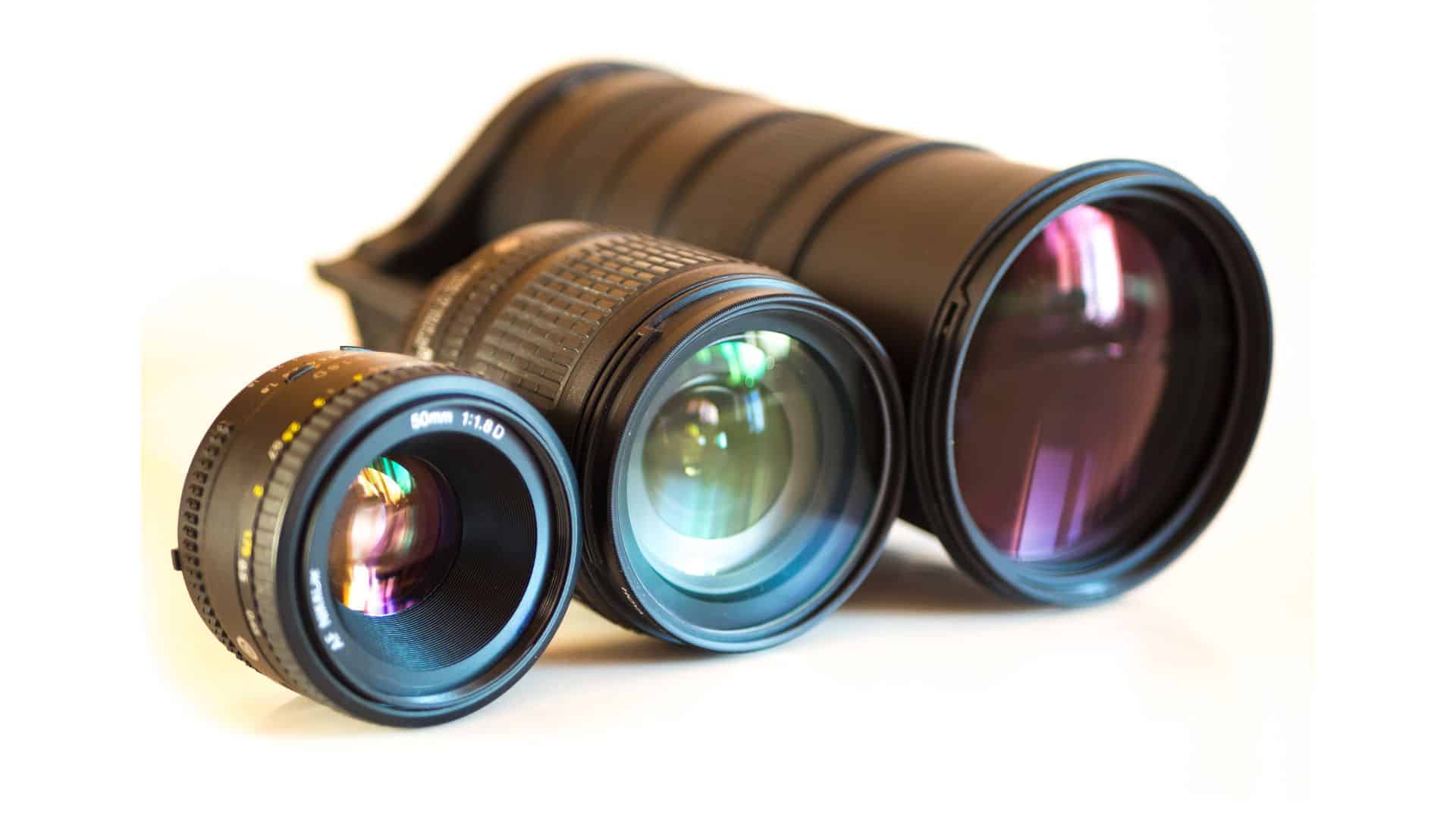Introduction: The 100-400mm lens is a versatile telephoto zoom lens that has become a staple in the kits of many photographers. Its wide focal length range makes it suitable for capturing a diverse range of subjects, from wildlife and sports to landscapes and portraits. This comprehensive guide will explore the various applications and benefits of the 100-400mm lens, examining how its unique features empower photographers to capture stunning images across different genres and shooting scenarios.
Wildlife Photography:
One of the primary applications of the 100-400mm lens is wildlife photography. Its long reach allows photographers to capture distant subjects such as birds, mammals, and other wildlife without disturbing them. The lens’s telephoto capabilities enable photographers to fill the frame with their subjects, capturing fine details and expressions from a considerable distance. Additionally, the flexibility of the zoom range allows photographers to quickly adjust their composition to frame the subject precisely, making it an ideal choice for dynamic wildlife encounters in the field.
Sports and Action Photography:
The 100-400mm lens is also well-suited for sports and action photography, where capturing fast-moving subjects is essential. Whether photographing athletes in motion, motorsports events, or airshows, the lens’ telephoto reach enables photographers to get up close to the action, freezing moments with sharpness and clarity. The lens’ versatility allows photographers to zoom in for tight shots of individual athletes or zoom out to capture wider scenes that convey the energy and excitement of the sporting event.
Landscape Photography:
While telephoto lenses are often associated with capturing distant subjects, the 100-400mm lens can also be a valuable tool for landscape photography. Its longer focal lengths allow photographers to isolate specific elements within the landscape, such as distant mountains, rock formations, or patterns in the terrain. By compressing the perspective, the lens can enhance the sense of depth and scale in the landscape, creating visually compelling images with a unique aesthetic. Additionally, the lens’ ability to zoom out to 100mm provides flexibility for capturing broader vistas or incorporating foreground elements into the composition.
Portrait Photography:
Despite being a telephoto zoom lens, the 100-400mm lens can also be used for portrait photography, particularly in outdoor or environmental portrait sessions. At longer focal lengths, the lens produces a flattering compression effect that can help to slim down facial features and create pleasing bokeh in the background. Photographers can use the lens’ zoom range to frame the subject tightly for headshots or pull back for full-body portraits, offering versatility in capturing different types of portraits with a single lens.
Astrophotography:
The 100-400mm lens can also be utilized for astrophotography, particularly for capturing detailed shots of the moon, stars, and celestial events. Its long focal length lets photographers magnify celestial bodies, revealing intricate surface details and capturing distant objects with clarity. When paired with a sturdy tripod and a remote shutter release, the lens can produce stunning astrophotography images, whether capturing the phases of the moon, distant galaxies, or meteor showers.
Documentary and Travel Photography:
For documentary and travel photographers, the 100-400mm lens offers versatility and convenience when photographing a wide range of subjects and scenes. Its compact size and relatively lightweight design make it easy to carry and handle, allowing photographers to remain agile and responsive in dynamic shooting environments. Whether documenting cultural events, street scenes, or architectural details, the lens’ telephoto reach provides the flexibility to capture distant subjects or compress perspectives for unique storytelling opportunities.
Conclusion:
In conclusion, the 100-400mm lens is a versatile tool that allows photographers to capture stunning images across various genres and shooting scenarios. From wildlife and sports photography to landscapes, portraits, astrophotography, and documentary work, the lens’ long reach, sharp optics, and zoom versatility make it a valuable addition to any photographer’s kit. By understanding its capabilities and creatively exploiting its features, photographers can unlock new possibilities and elevate their craft to heights with the 100-400mm lens.
FAQs
Q. What types of photography is the 100-400mm lens suitable for?
- Due to its long reach, the lens is versatile and ideal for wildlife, sports, landscapes, portraits, and astrophotography.
Q. Is the 100-400mm lens suitable for handheld shooting?
- While it’s possible, using a tripod or image stabilization can help ensure sharp images, especially at longer focal lengths.
Q. Can the lens be used with teleconverters for even more reach?
- Teleconverters can extend the lens’s focal length, although some image quality and aperture trade-offs may exist.
Q. How does the 100 400mm lens compare to prime telephoto lenses?
- While prime lenses often offer wider apertures and superior optical quality, the zoom range of the 100-400 mm lens provides greater versatility.
Q. Is the 100 400 mm lens compatible with my camera body?
- Most major camera manufacturers offer 100 400 mm lens versions compatible with their respective lens mounts, ensuring compatibility with your camera body.

